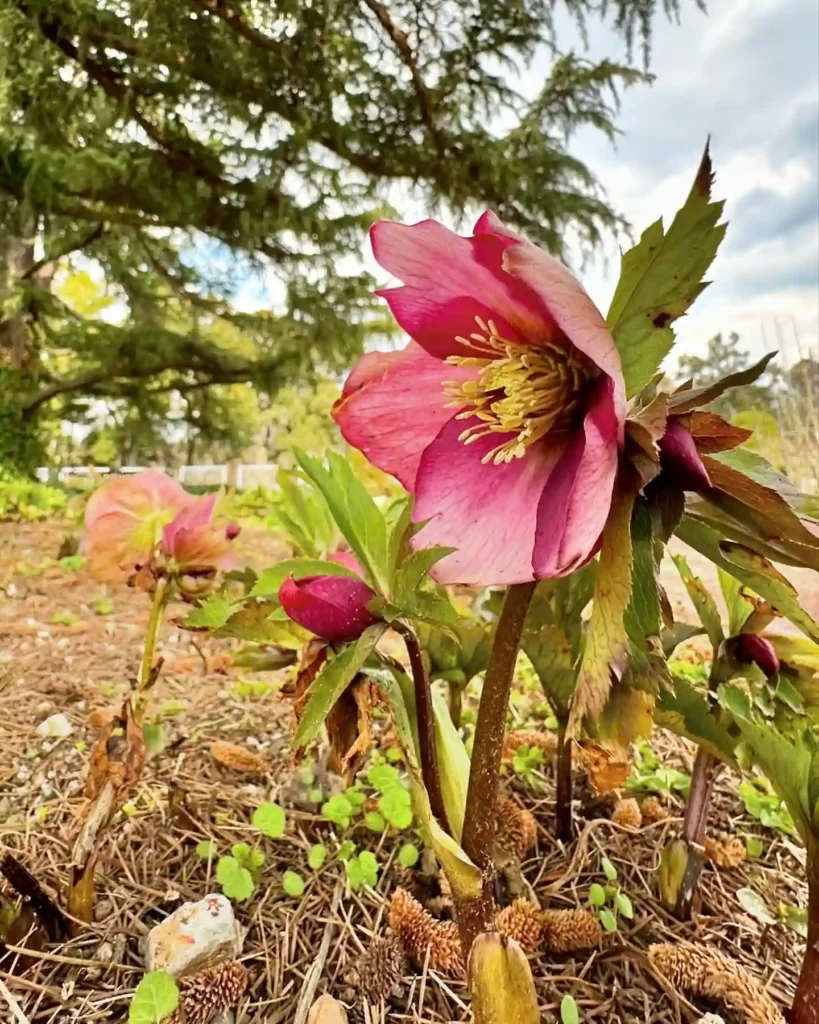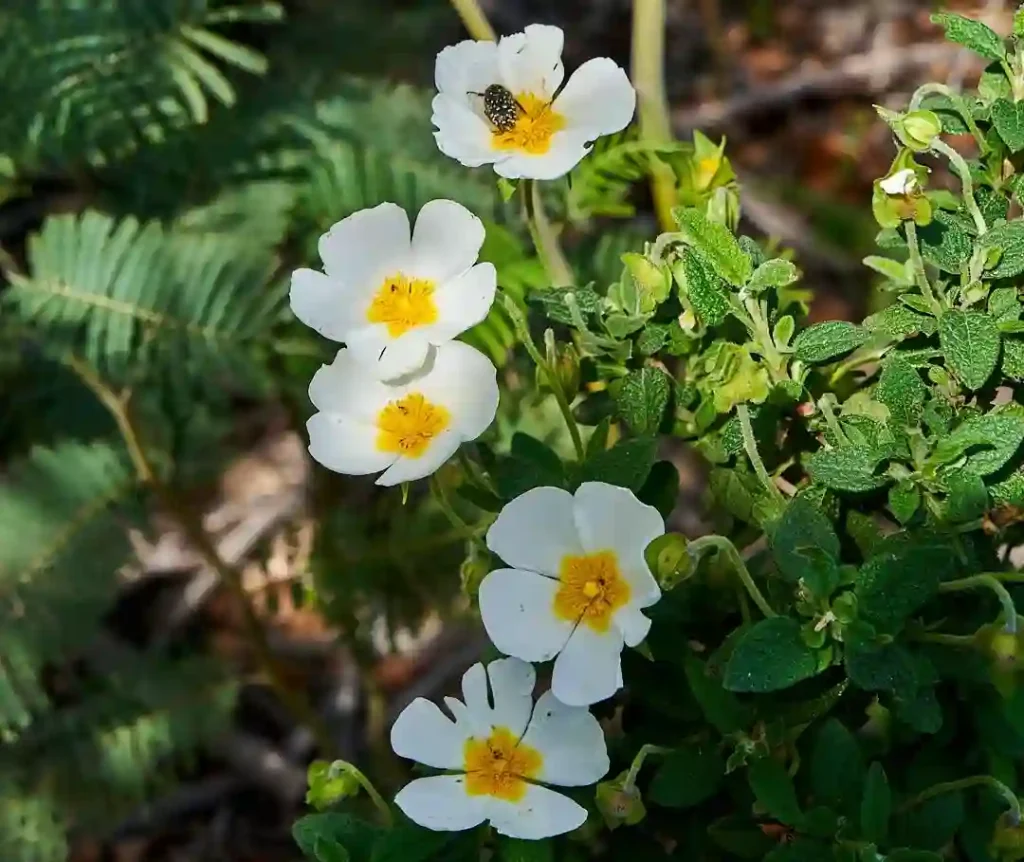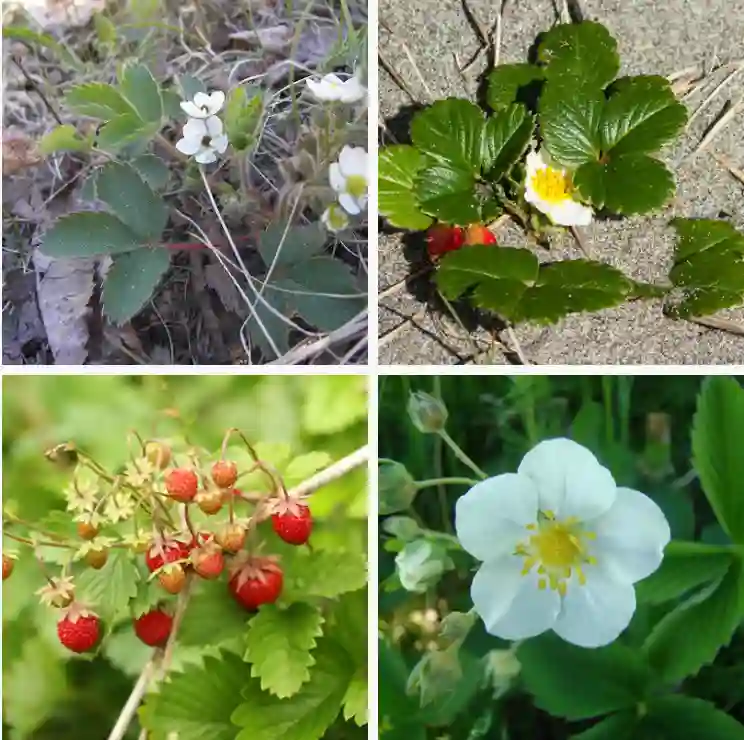Exploring the Doryanthaceae Family: My Journey with Doryanthes
As an avid plant enthusiast, I’ve always found myself drawn to unique plant families that showcase incredible diversity and resilience. One such family is Doryanthaceae, which includes the captivating genus Doryanthes. Known for its striking flowers and robust nature, this family has captivated my gardening heart and has become a staple in my collection.
Understanding Doryanthaceae
Doryanthaceae is a small family of flowering plants, primarily native to Australia. The most recognized genus within this family is Doryanthes, which comprises a few species that have gained popularity among gardeners and landscapers. The most notable among them are Doryanthes excelsea and Doryanthes palmeri. These plants are remarkable not just for their appearance, but also for their unique adaptations to their environment.
The Characteristics of Doryanthes
One of the first things that struck me about Doryanthes was its impressive size. These plants can grow up to three meters tall, producing a rosette of long, strap-like leaves. The leaves are tough and leathery, providing a striking contrast to the towering flower stalks that emerge in spring. The flowers are spectacular, forming dense clusters of vibrant red or yellow blooms that attract a variety of pollinators, particularly birds and bees.
Another characteristic that intrigues me is the plant’s ability to thrive in challenging conditions. Doryanthes species are well-adapted to withstand drought and can thrive in poor soils, making them excellent choices for low-maintenance gardens. I have found that they can tolerate a range of conditions, from sandy coastal areas to rocky hillsides, showcasing their remarkable adaptability.
Cultivating Doryanthes in My Garden
When I decided to incorporate Doryanthes into my garden, I was excited about the visual impact they would have. I started with Doryanthes excelsea, which I found to be particularly resilient. I planted it in a sunny spot with well-drained soil, and it quickly took off, reaching impressive heights within a season.
One of the joys of growing Doryanthes is witnessing the bloom cycle. The flowers typically appear in late spring to early summer, and I can’t describe the thrill of seeing those vibrant spikes covered in blossoms. The plant attracts not only birds but also butterflies, making my garden a lively hub of activity. I often find myself spending time outside, enjoying the sights and sounds of nature drawn in by these beautiful flowers.
Propagation Techniques
Propagating Doryanthes can be a rewarding experience. I started by collecting seeds from my mature plants, which is a common method for propagation. The seeds need to be sown in a well-draining mix, and I’ve found that they germinate best when given warmth and light. I usually keep the soil moist but not soggy, as excess water can lead to rot.
Alternatively, I’ve also tried division, which works well if you have established plants. When the plants are large enough, I carefully separate the offsets, ensuring each one has a healthy root system. This method has proven effective in expanding my collection while maintaining the vigor of the parent plant.
Common Pests and Diseases
Like any gardener, I’ve faced challenges in maintaining my Doryanthes plants. While they are generally pest-resistant, I’ve encountered a few issues. Scale insects can occasionally invade, but I’ve found that a gentle spray of insecticidal soap or neem oil usually does the trick. Additionally, proper air circulation and not overwatering have been crucial in preventing fungal diseases, which can affect the leaves.
The Cultural Significance of Doryanthes
Beyond their aesthetic appeal, Doryanthes holds cultural significance in Australia. Indigenous communities have used the leaves for various purposes, including making ropes and mats. The flowers are also culturally significant, often featured in traditional ceremonies and celebrations. Learning about these cultural connections deepened my appreciation for the genus and its role in the ecosystem.
Conclusion
In conclusion, my journey with the Doryanthaceae family and its genus Doryanthes has been incredibly fulfilling. These plants not only enhance my garden’s beauty but also offer resilience and adaptability. Their striking flowers attract a plethora of wildlife, making my outdoor space vibrant and alive. I encourage fellow gardeners to explore this remarkable family, as it provides an excellent opportunity to cultivate a unique and sustainable garden. Whether you are an experienced gardener or just starting, Doryanthes is a worthy addition to any collection.
If i die, water my plants!



